Throughout September, birders and raptor-lovers have kept a careful eye on the sky on warm days, looking for “kettles” of hawks, climbing slowly upward in a spiral pattern on rising thermals (warm air pockets). September is prime season for fall hawk-watching, particularly for the Broad-winged Hawk, which is so numerous at times that hundreds or even thousands of birds have been reported in a day, but if you haven’t had a chance to get out there yet, there’s still time!
Although the total number of migrating hawks begins to decline after mid-September, the variety improves by late September and early October when more of the larger, less common raptors are moving. These include the Cooper’s, Red-tailed, and today’s featured raptor, Red-shouldered Hawks.
These distinctively marked beauties are typically smaller than a Red-tailed Hawk but larger than a Broad-winged Hawk. Adults have reddish banding on their breasts and black-and-white banding on their tails.
These five photos have all been submitted in the past to our annual Picture This: Your Great Outdoors photo contest. Today is the last day to enter the 2019 contest, so submit your photos now! You can also learn more about fall hawk-watching, including how to gauge the best time of day and weather conditions, on our website.
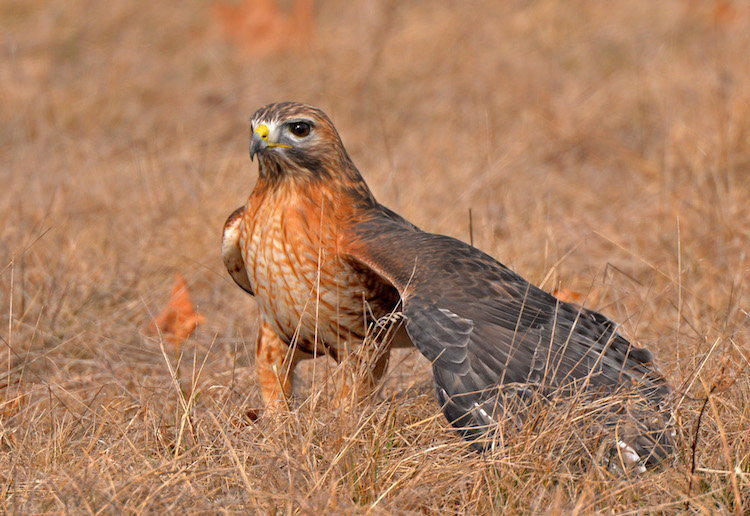
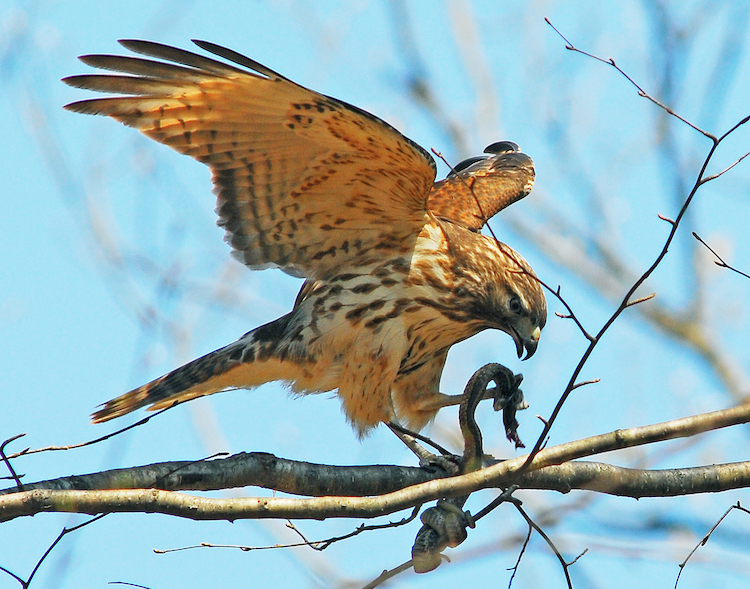
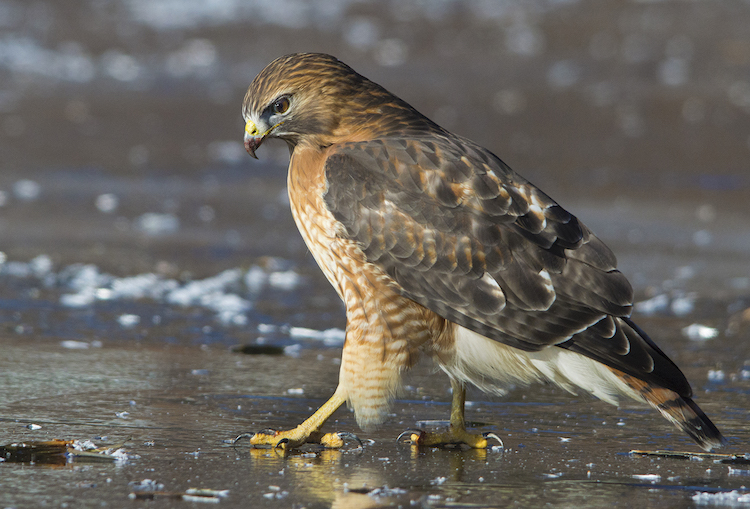
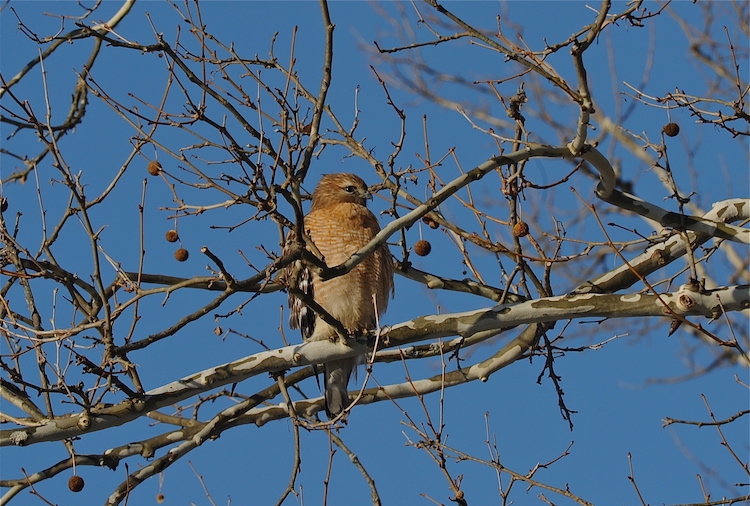
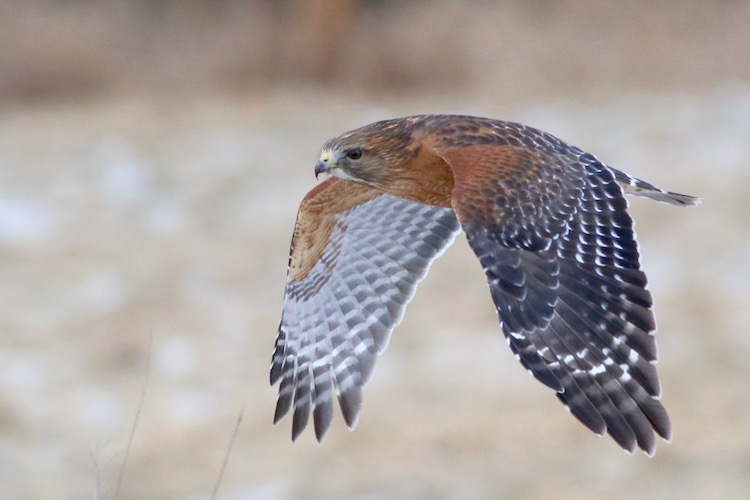


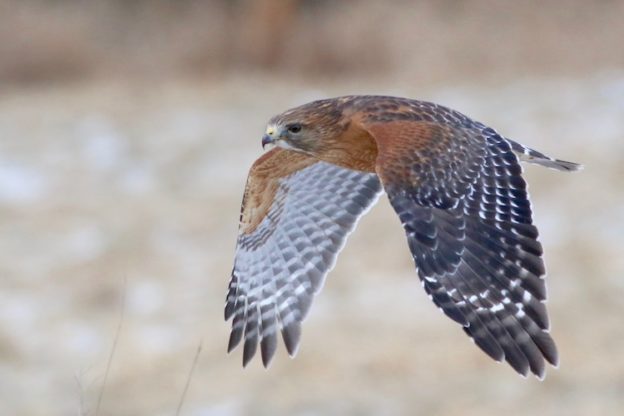
Wondering about the following: we moved here early 2017 when many raptors flew overhead in Sandwich abutting Crowell farm. At times we saw Heron, eagles, kestrels, red tailed or shoulder, coopers, etc.. But this year, 2019, only sparse cooper , red wing. Had few dead birds on lawn and Many dying or dead bumble and honey bees, and their number were so few despite our flowers they visited in large numbers previous years that it was painfully evident.
I know many of our forest trees have been cut down by farmer, with crying couples of hawks screeching overhead last year for 30 plus minutes. What can be happening? We also abut conservation land which abuts marine fishery. T. U.